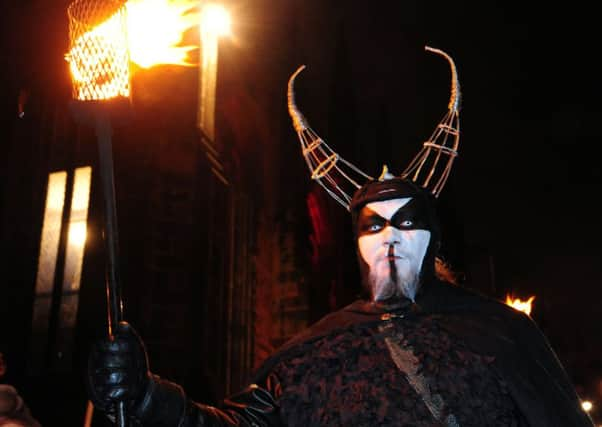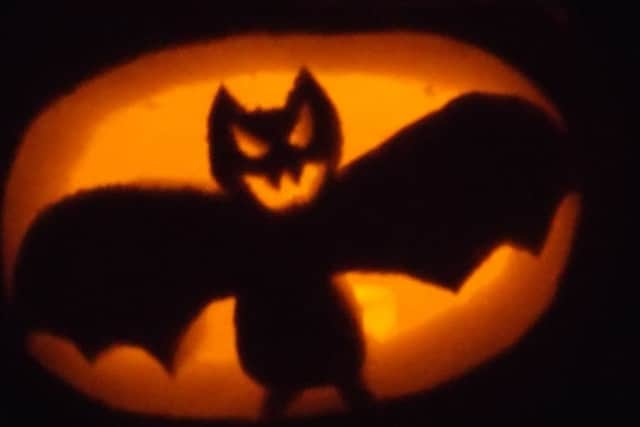Halloween’s Scottish connections


Children and adults alike are looking forward to another night of fancy-dress at the end of the month, with many continuing customs that originated in Scotland in Medieval times.
But for those living in medieval Scotland, the Eve of all Hallows posed the very real threat of witches and ghouls walking the streets at night. The Gaelic festival of Samhain, celebrated throughout Scotland and originating in Celtic lands across Northern Europe, ushered in the start of the winter season and marked the end of the harvest months.
Advertisement
Hide AdTraditionally held from sunset on 31 October, Samhain was believed to be a time where the boundaries between the real world and the other world of witches, fairies and ghouls were at their weakest. As undead souls were believed to roam freely on the 31st, Scots would leave an empty chair and food on the table to pacify any potential nocturnal visitors.


Scots bard Robert Burns wrote a poem about Halloween, which explains the customs and ghouls of his time and is perfect for creating an eerie atmosphere when read aloud.
The witching hour just before midnight was a time of silence and worry in case any hungry spirits did decide to stop by.
Much of the Pagan past still exists in Scotland’s modern Halloween customs. Bonfires and lanterns are still lit today, though the bonfires aren’t designed to scare away the undead and Scottish custom of making lanterns out of neeps isn’t as popular as it once was.
In addition, the nation’s invention of “tattie bogles” - a form of potato scarecrow - have now been largely replaced by pumpkins, while the carved candlelit decorations are not so far removed from the original idea of mounting skulls on poles to intimidate evil spirts.
The Scottish custom of “Dookin’ fur apples” references the fruit that the Druids held to be sacred. Children who take part have their hands tied behind their backs and have to retrieve apples from a basin full of water using their mouths. We still play it to this day, with the quirky custom of trying to eat a suspended donut from a string a modernised and sweeter interpretation of dookin’.
Advertisement
Hide AdWhile children go trick-or-treating dressed as their favourite characters and cultural icons, they are continuing a tradition that originated in Scotland’s Pagan past. During Samhain, children across Scotland in the 18th and 19th centuries would go “guising” in old clothes or even disguised as evil spirits in an attempt to remain incognito should any evil ghouls happen upon them.
These children would be offered treats such as nuts or apples after singing a song or reading a poem at their neighbour’s door. It was thought that this would help them repel any troublesome spirits. Nowadays, however, kids are much more likely to be given chocolate and sweets than fruit.